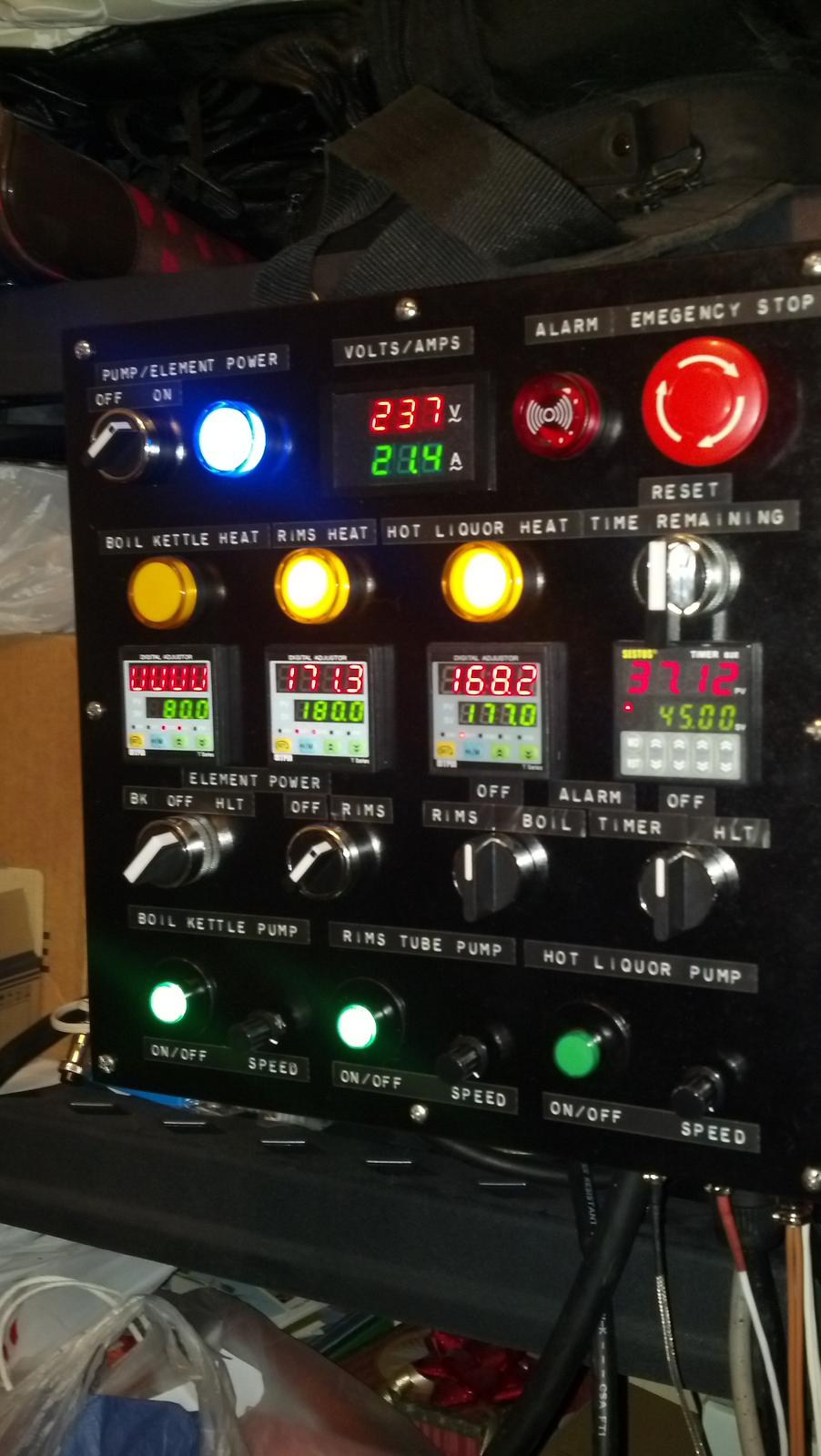drewmedic23
Well-Known Member
If thats the case then how is something like that with that cost superior to something like this?
http://www.ebay.com/itm/140553987088?_trksid=p2060778.m1438.l2649&ssPageName=STRK:MEBIDX:IT
Because you get more buttons and more numbers

I have looked into the same SSVR and the only issue I see is that the power isn't linear (because of the sine waveform). I am just adding this controller onto my setup and adding it onto the SSR already in place.
So I guess one advantage is you don't have to add in another SSR, you can just use the one you already have
































![Craft A Brew - Safale BE-256 Yeast - Fermentis - Belgian Ale Dry Yeast - For Belgian & Strong Ales - Ingredients for Home Brewing - Beer Making Supplies - [3 Pack]](https://m.media-amazon.com/images/I/51bcKEwQmWL._SL500_.jpg)


























